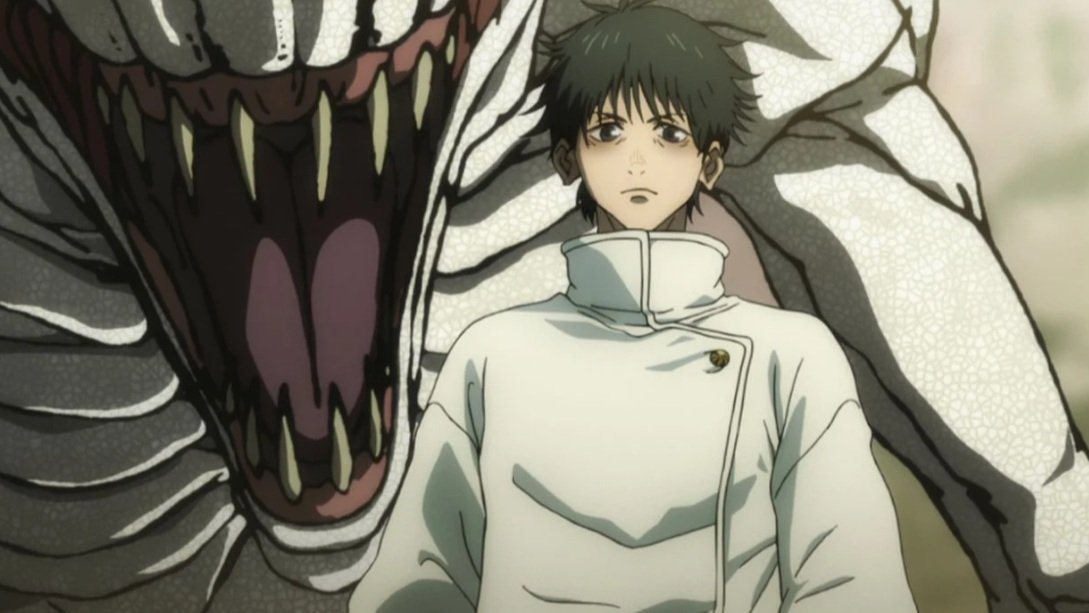Review: Good Time
Josh and Ben Safdie’s latest film, Good Time, doesn’t shy away from reverberating its throwback style. From its opening frames, going from an establishing shot of Queens, New York to a visceral close-up of one of our leads (Ben Safdie playing Nick Nikas), we are subject to frames composed with heavy film grain. Even watching it digitally, the texture of celluloid is inescapable — the director of photography Sean Price Williams used 2-perf 35mm film, the same type of film used by Sergio Leone on his spaghetti westerns because of its cheap effectiveness. Good Time throws you into its gritty world visually, and once the score by Oneohtrix Point Never hits, you’ll be reminded of all those pulsating themes composed by Tangerine Dream (Thief, Sorcerer, Near Dark). The film captures the feeling of the late ‘70s and ‘80s, a time when you just could not get the grime off a film, aesthetically, because that grime was ever present in real life.
The majority of the film takes place over the span of two days. There is a sweaty, ticking clock device pushing the film forward — Robert Pattinson plays Connie, a criminal who is trying to come up with bail money to get his mentally challenged brother, Nick, out of prison. The reason why Nick is in prison is because Connie talked him into a bank robbery earlier that day. The promise of escaping the seedy world they live in is all Nick needs to push him into committing a felony and it’s hard not to see the immorality of Connie taking advantage.
Pattinson’s performance is one of the best of his career; he embodies the deceitful, reprehensible, yet charming Connie perfectly. From trying to pry $10,000 away from his girlfriend Corey’s (Jennifer Jason Leigh) mother, to weaseling into the home of a 16-year-old girl (newcomer Taliah Webster) to hide out from the cops, pretty much every act Connie commits is repulsive and thanks to Pattinson’s performance, it feels astutely grounded. Of course, Connie is trying to rescue his brother from Rikers Island prison out of familial love, but he takes every opportunity to make extra cash during his predicament.
The Sadfie brothers decorate the film with a cast of actors ranging from professionals to first-timers. Buddy Duress stands out as Ray, a lowlife character Connie runs into in his quest to save his brother. Duress previously starred in the Sadfies’ Heaven Knows What and as that film hit the festival circuit, he was locked up at Rikers Island for a drug offense. Placing Pattinson alongside Duress elevates each of their performances — in featuring someone who comes from the very world Good Time is trying to shine a light on, the Sadfies hit a nerve and present a sense of humanity not seen in many gritty crime dramas. Pattinson matches, and sometimes surpasses, Duress’ natural intensity — the handheld, documentary-style filmmaking only makes things feel more real as Pattinson tosses around Duress in a sweaty, impatient rage.
Good Time drips with neon colors; make no mistake, it’s an acid trip of a movie in every sense of the word. Not only do the characters fight over a Sprite bottle filled with liquid hallucinogenic, the film’s most hypnotic sequences come from an excursion through a closed-yet-lit-up amusement park — Connie is experiencing a bad trip, through and through. The film does have many out-there, hard-to-believe plot contrivances, but it works as a whole — Good Time is presented as a hellish odyssey, with Connie trying to survive the night while also trying to save his brother. Like Martin Scorsese’s After Hours, everything odd and crazy thing thrown at our lead builds and builds until it hits a crescendo. Much like Griffin Dunne’s Paul, Pattinson’s Connie is trying to escape a city and a system that is quick to turn on anyone at the drop of a hat. While the ending of After Hours doesn’t inspire much hope, Good Time ends with a touching moment with Nick. After all the backstabbing and scheming, there’s a confluence of innocence and sympathy in the film’s closing moments, set to a track featuring Iggy Pop, “The Pure and the Damned.”
Good Time is unnerving yet oddly touching when it's most important. With a fantastic score, visually assertive palette, and naturalistic performances — with Patterson in particular proving he's once again more than just a soulless vampire boy — the Safdie brothers' latest is a volatile trip well worth taking.













